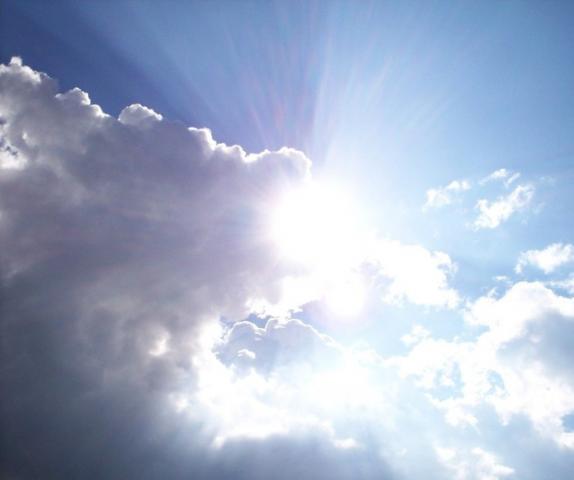The Sun and Skin Cancer
 The big risk with increased exposure to the sun is ultraviolet radiation. The rays from the sun contain UV radiation, which penetrate the skin and cause damage to the cellular DNA of the skin. Excessive cellular damage from UV rays can cause genetic mutations that will then result in skin cancer.
The big risk with increased exposure to the sun is ultraviolet radiation. The rays from the sun contain UV radiation, which penetrate the skin and cause damage to the cellular DNA of the skin. Excessive cellular damage from UV rays can cause genetic mutations that will then result in skin cancer.
Now, the skin does have a natural defense mechanism against this damage. In the epidermis, you have cells that produce melanin. Any time that your skin is damaged by the sun’s rays, it triggers a response that results in the increased production of melanin. When the melanin in the skin increases, the skin darkens, providing protection against UV radiation. That is why even a slight tan is a sign that some sun damage has occurred.
For this reason, Caucasians are more susceptible to skin cancer than people of other races. A person of African descent is going to have more natural melanin in the skin and this will provide the individual with a greater degree of natural protection. This fact has led many to believe that people with naturally darker skin have no risk from sun damage. However, this is not true, and in some ways, it actually has increased the risk for people in these groups.
Among the different types of skin cancer, the three most common are basal cell carcinoma, squamous cell carcinoma, and melanoma. All of these types of cancer have been linked to exposure to UV radiation. Basal cell carcinoma is the most common type of all of the skin cancers, but melanoma happens to be one of the most common types of cancer for the cases that involve subjects under the age of thirty.
Image courtesy of Izelle Bakker at FreeDigitalPhotos.net

